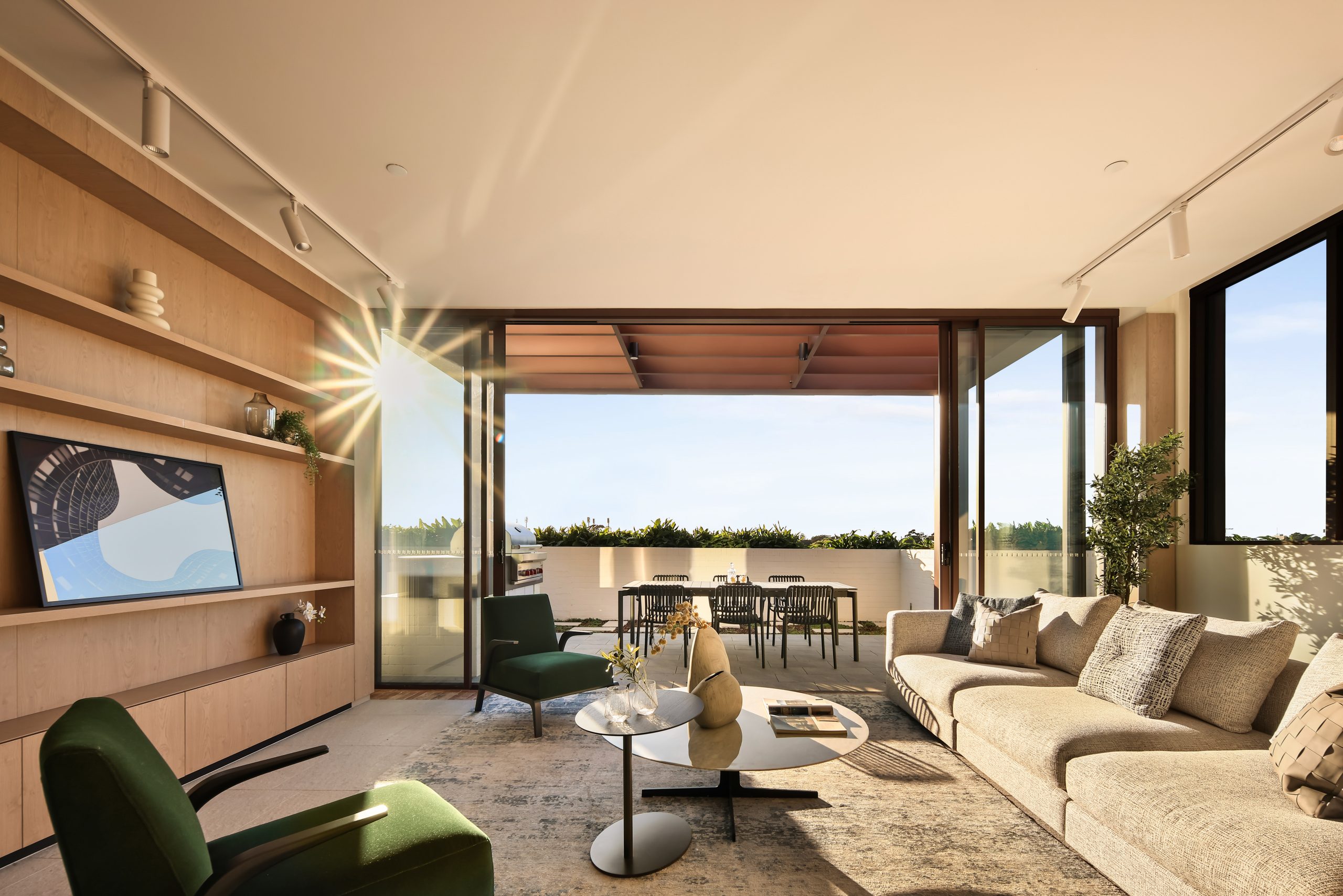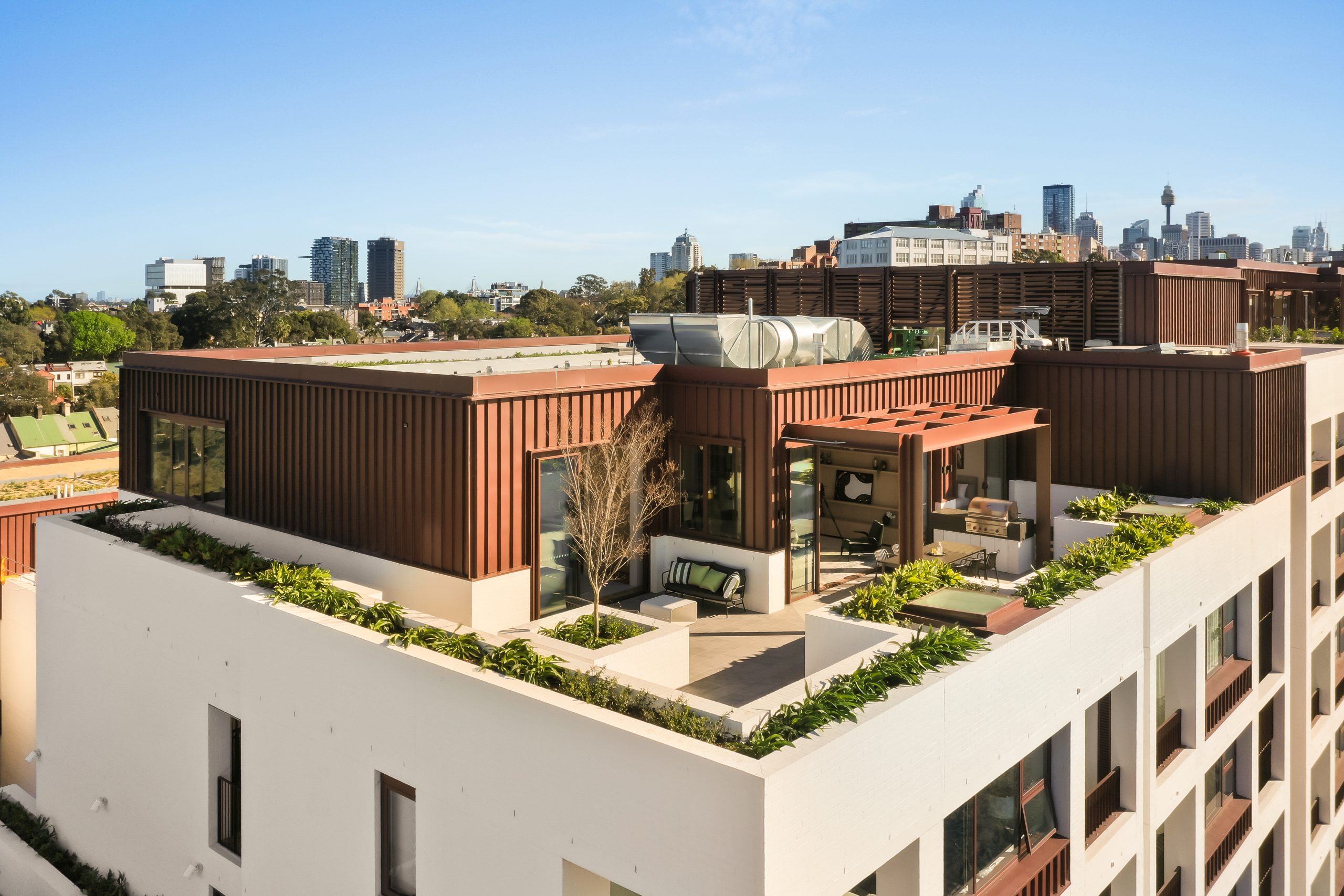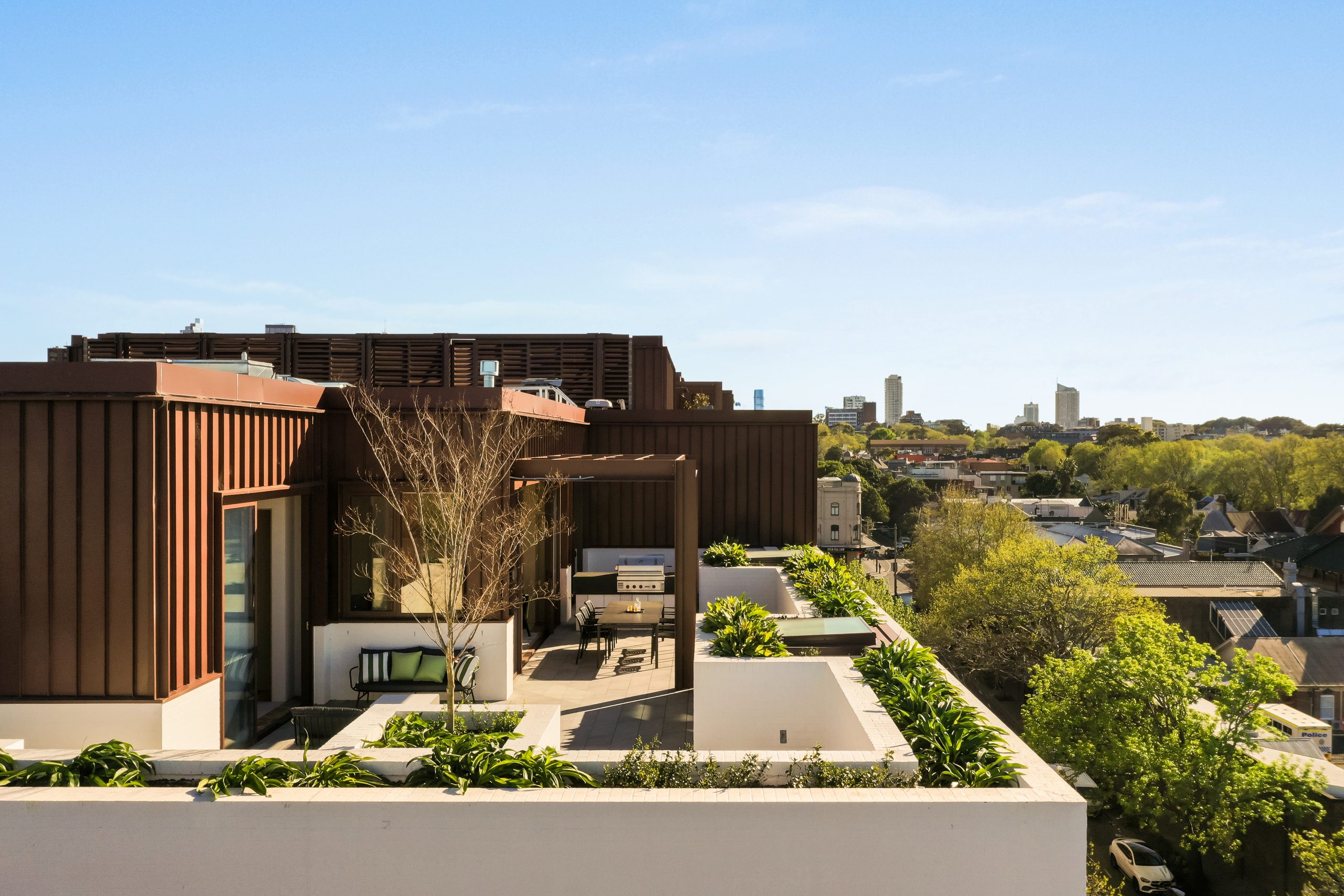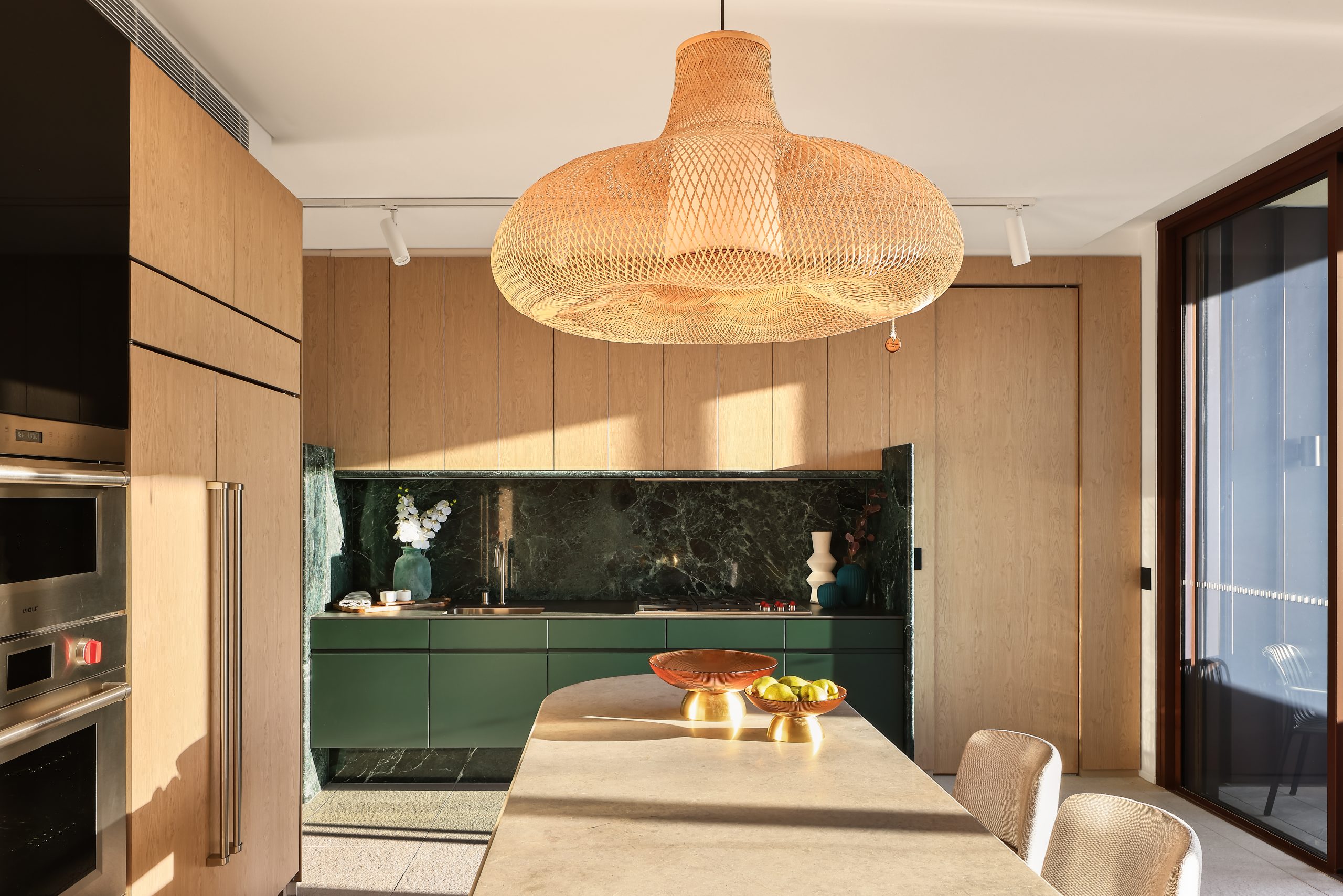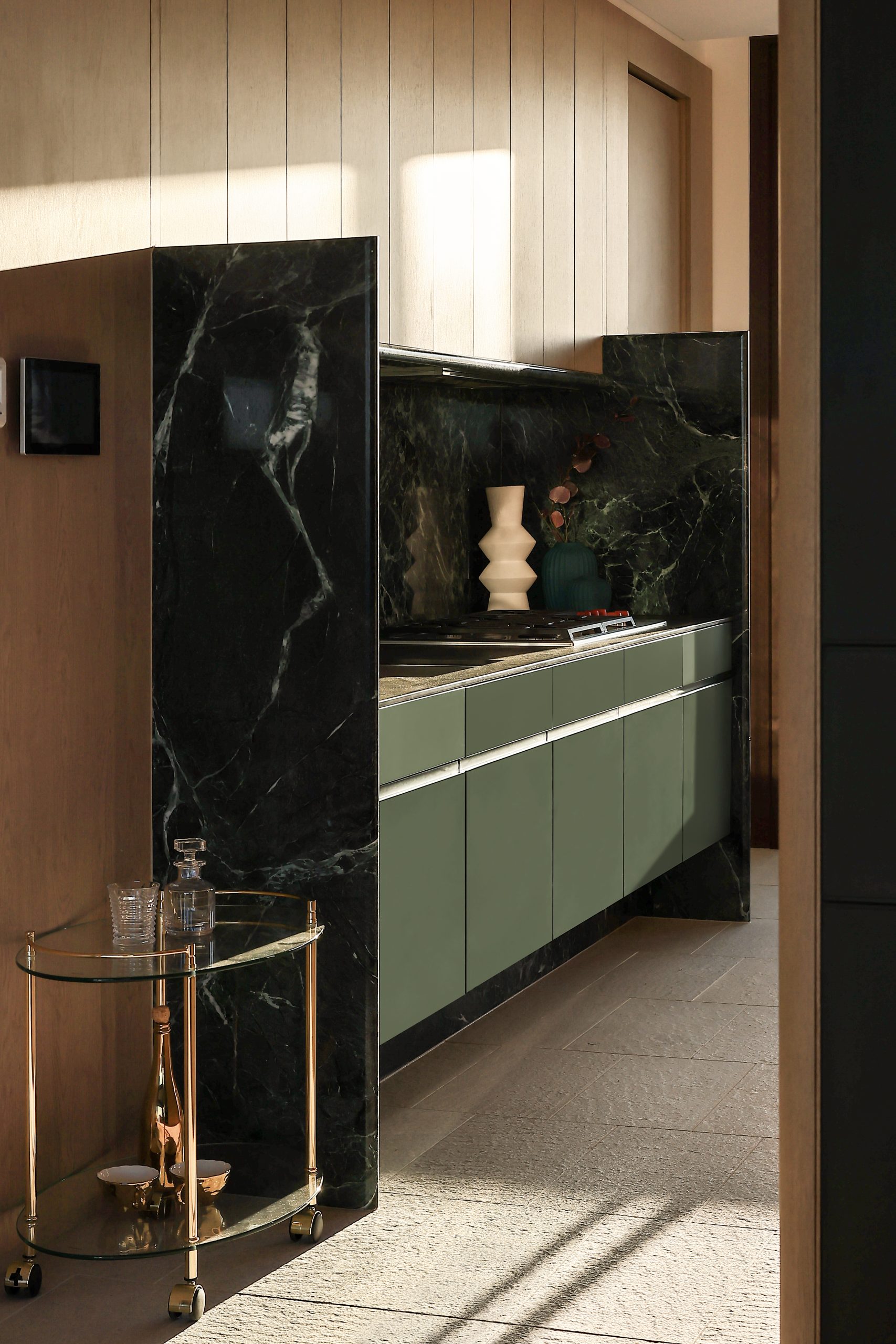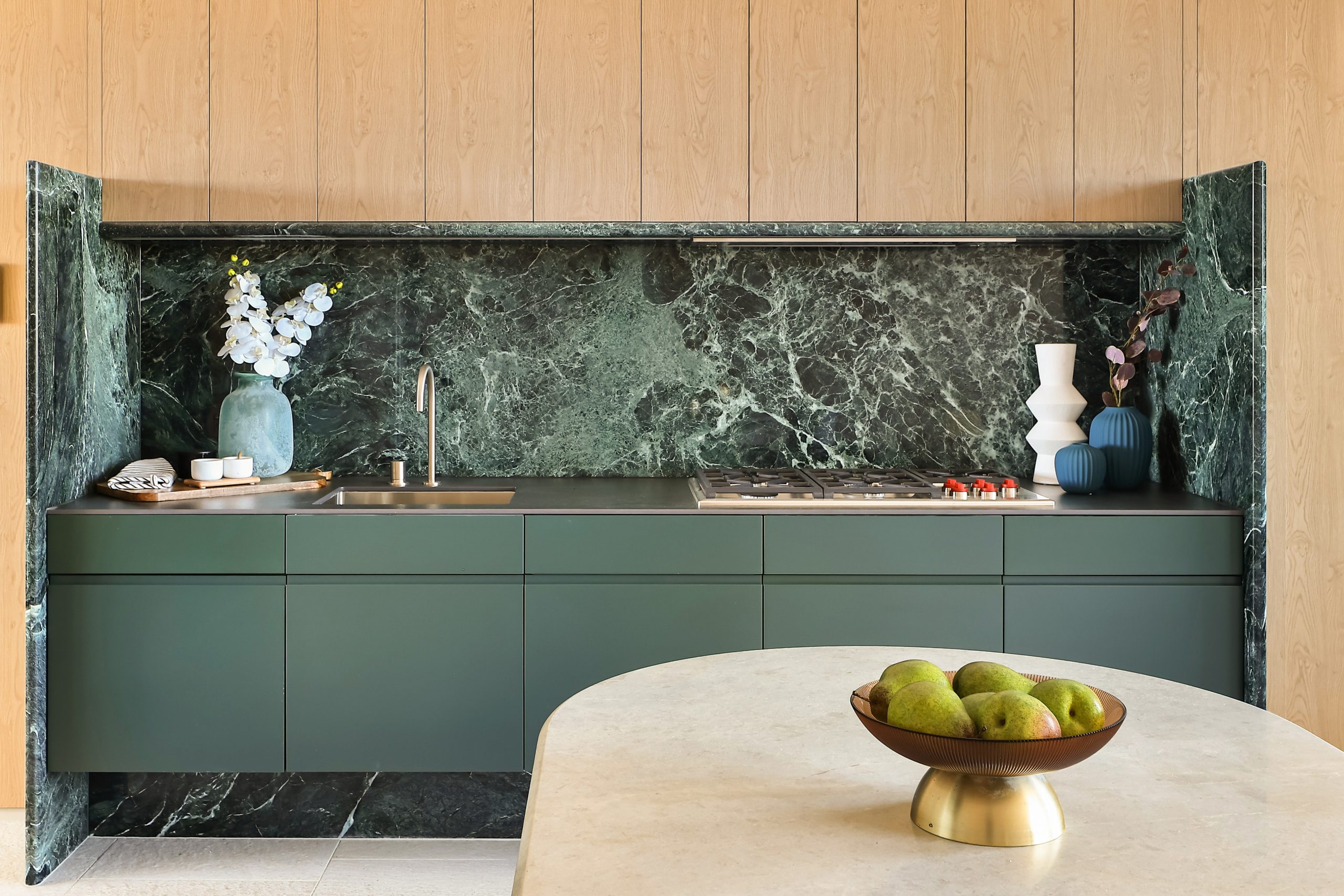Australian home market’s first test of the year
It’s the first big auction day of 2024 as the gap between apartment and house values widens
The Australian property market will undergo its first major test tomorrow when 1,700 capital city homes go under the hammer on the first significant auction day of the year. CoreLogic economist Kaytlin Ezzy said it will be the second biggest start to February on record behind 2022 when 1,779homes went to auction. In the country’s two biggest auction markets, there will be 608 auctions held in Melbourne and 591 in Sydney.
Ms Ezzy said auction clearance rates weakened to below-average levels toward the end of last year and tomorrow’s event would “help set the pace for the pre-Easter selling season and provide a timely test of buyer demand”.
She added: “This week’s results could help indicate whether the weaker selling condition seen towards the end of last year has persisted into 2023 or if sentiment has lifted with earlier expectations of rate cuts following [this week’s] inflation update.”
Australia’s median home value moved higher for the twelfth consecutive month in January, up 0.4 percent. This follows an 0.3 percent uplift in both November and December. However, price performance is mixed across the capital cities, with Perth once again delivering outstanding growth at 1.6 percent in January. CoreLogic research director, Tim Lawless explained: “The western capital continues to see housing demand outweigh supply, helping to push values 16.7 percent higher over the past 12 months. Despite that, housing prices remain relatively affordable compared with most capital cities, with the median dwelling value sitting just under $677,000.”
Adelaide home values lifted 1.1 percent in January, Brisbane prices rose by 1 percent and Sydney values moved up 0.2 percent. Conversely, Hobart home values fell 0.7 percent, Canberra prices dipped 0.2 percent and Melbourne declined by 0.1 percent.
Mr Lawless noted that house prices across Australia continued to rise faster than apartments. The price gap is now at a new record high of 45.2 percent. House values across the capital cities lifted by 0.5 percent in January, equivalent to about $4,800 in value, while apartments lifted 0.1 percent, or about $900 in value. “Since the commencement of the upswing, capital city house values have surged 11 percent higher while unit values are up 6.9 percent,” Mr Lawless said. “It seems that most Australians are willing to pay a higher premium than ever for a detached home.”
Sales volumes remain elevated, with CoreLogic estimating 115,241 dwellings were sold over the three months ending January, which was 11.9 percent higher than the same time last year. “Despite ongoing cost of living pressures, high interest rates, low consumer sentiment and affordability constraints, homes are still selling, Mr Lawless said. “Housing demand has been buoyed by high migration, but also tight rental markets that have probably incentivised renters to transition towards home ownership if they can afford to do so.”
This stylish family home combines a classic palette and finishes with a flexible floorplan
Just 55 minutes from Sydney, make this your creative getaway located in the majestic Hawkesbury region.
A Sydney site with a questionable past is reborn as a luxe residential environment ideal for indulging in dining out
Long-term Sydney residents always had handful of not-so-glamourous nicknames for the building on the corner of Cleveland and Baptist Streets straddling Redfern and Surry Hills, but after a modern rebirth that’s all changed.
Once known as “Murder Mall” or “Methadone Mall”, the 1960s-built Surry Hills Shopping Centre was a magnet for colourful characters and questionable behaviour. Today, however, a $500 million facelift of the site — alongside a slow and steady gentrification of the two neighbouring suburbs — the prime corner property has been transformed into a luxury apartment complex Surry Hills Village by developer Toga Group.
The crowning feature of the 122-apartment project is the three-bedroom penthouse, fully completed and just released to market with a $7.5 million price guide.
Measuring 211sqm of internal space, with a 136sqm terrace complete with landscaping, the penthouse is the brand new brainchild of Surry Hills local Adam Haddow, director of architecture at award-winning firm SJB.
Victoria Judge, senior associate and co-interior design lead at SJB says Surry Hills Village sets a new residential benchmark for the southern end of Surry Hills.
“The residential offering is well-appointed, confident, luxe and bohemian. Smart enough to know what makes good living, and cool enough to hold its own amongst design-centric Surry Hills.”
Allan Vidor, managing director of Toga Group, adds that the penthouse is the quintessential jewel in the crown of Surry Hills Village.
“Bringing together a distinct design that draws on the beauty and vibrancy of Sydney; grand spaces and the finest finishes across a significant footprint, located only a stone’s throw away from the exciting cultural hub of Crown St and Surry Hills.”
Created to maximise views of the city skyline and parkland, the top floor apartment has a practical layout including a wide private lobby leading to the main living room, a sleek kitchen featuring Pietra Verde marble and a concealed butler’s pantry Sub-Zero Wolf appliances, full-height Aspen elm joinery panels hiding storage throughout, flamed Saville stone flooring, a powder room, and two car spaces with a personal EV.
All three bedrooms have large wardrobes and ensuites with bathrooms fittings such as freestanding baths, artisan penny tiles, emerald marble surfaces and brushed-nickel accents.
Additional features of the entertainer’s home include leather-bound joinery doors opening to a full wet bar with Sub-Zero wine fridge and Sub-Zero Wolf barbecue.
The Surry Hills Village precinct will open in stages until autumn next year and once complete, Wunderlich Lane will be home to a collection of 25 restaurants and bars plus wellness and boutique retail. The EVE Hotel Sydney will open later in 2024, offering guests an immersive experience in the precinct’s art, culture, and culinary offerings.
The Surry Hills Village penthouse on Baptist is now finished and ready to move into with marketing through Toga Group and inquiries to 1800 554 556.
This stylish family home combines a classic palette and finishes with a flexible floorplan
Just 55 minutes from Sydney, make this your creative getaway located in the majestic Hawkesbury region.












